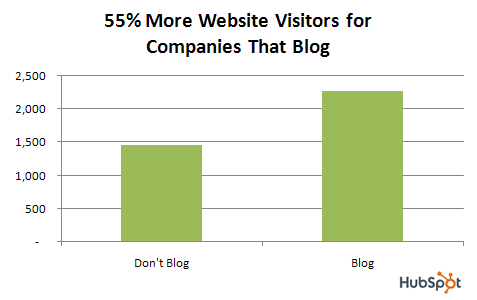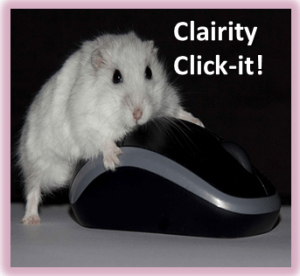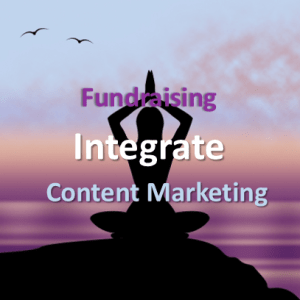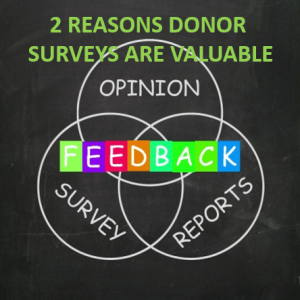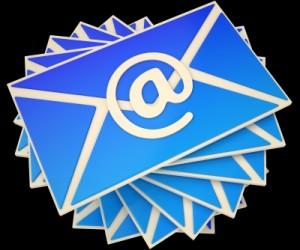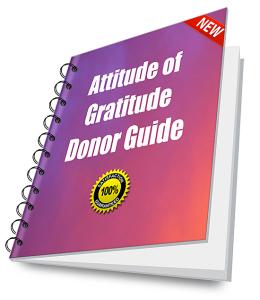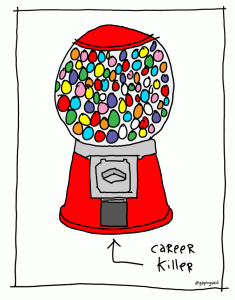To build authentic rapport with folks you must show them you care. And the simplest way to demonstrate affection is through a heartfelt ‘Thank You.’ It can be in person, in writing, over the phone, through a text, via video or any which way you choose.
The key is to begin with thank you, and make it personal and prompt.
Here’s a personal example. Recently my son found he’d have an unexpected layover in San Francisco. I jumped at the opportunity to join him for dinner, though it meant cancelling plans with my friends. The next morning, as he was getting on the plane, he texted them: “Thanks for changing your plans so I could see my Mom. I appreciate it.” You may be thinking ‘no big deal.’ But it IS a big deal. He showed my friends he saw their flexibility as a gift. And someone (who?) taught him to always send a thank you for a gift. My friends were touched. Mama was proud.
Look for the hidden gifts and thank folks for them. (Click to Tweet) My friends gave me and my son a hidden gift. I’m guessing your donors do this too. They remember to send in a matching gift form. They agree to make a few phone calls. They send you their alma mater’s newsletter as a sample. All these things are worthy of acknowledgment. Send great thank you letters for cash donations too, of course. But endeavor to touch your supporters whenever and wherever you can.
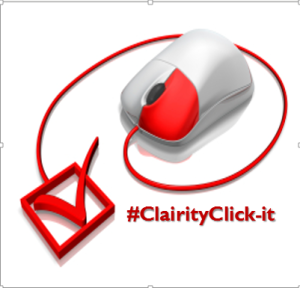 Hope you enjoy these links, free resources and training opportunities. Again, I’ve organized according to two of the top 5 areas I’m hoping you’re working on improving this year. This week it’s:
Hope you enjoy these links, free resources and training opportunities. Again, I’ve organized according to two of the top 5 areas I’m hoping you’re working on improving this year. This week it’s:


